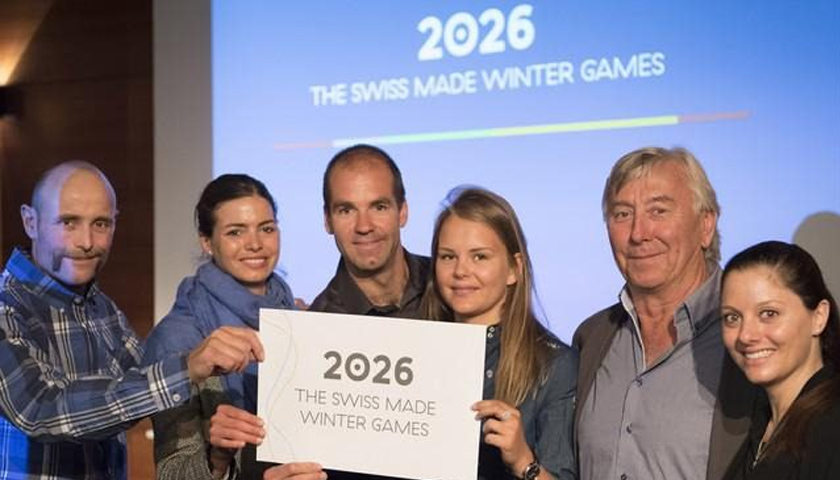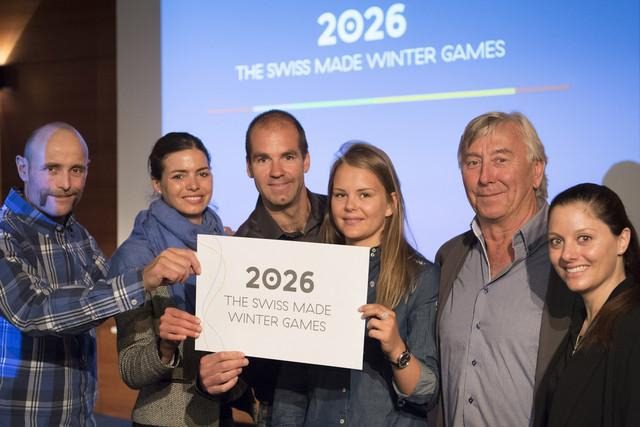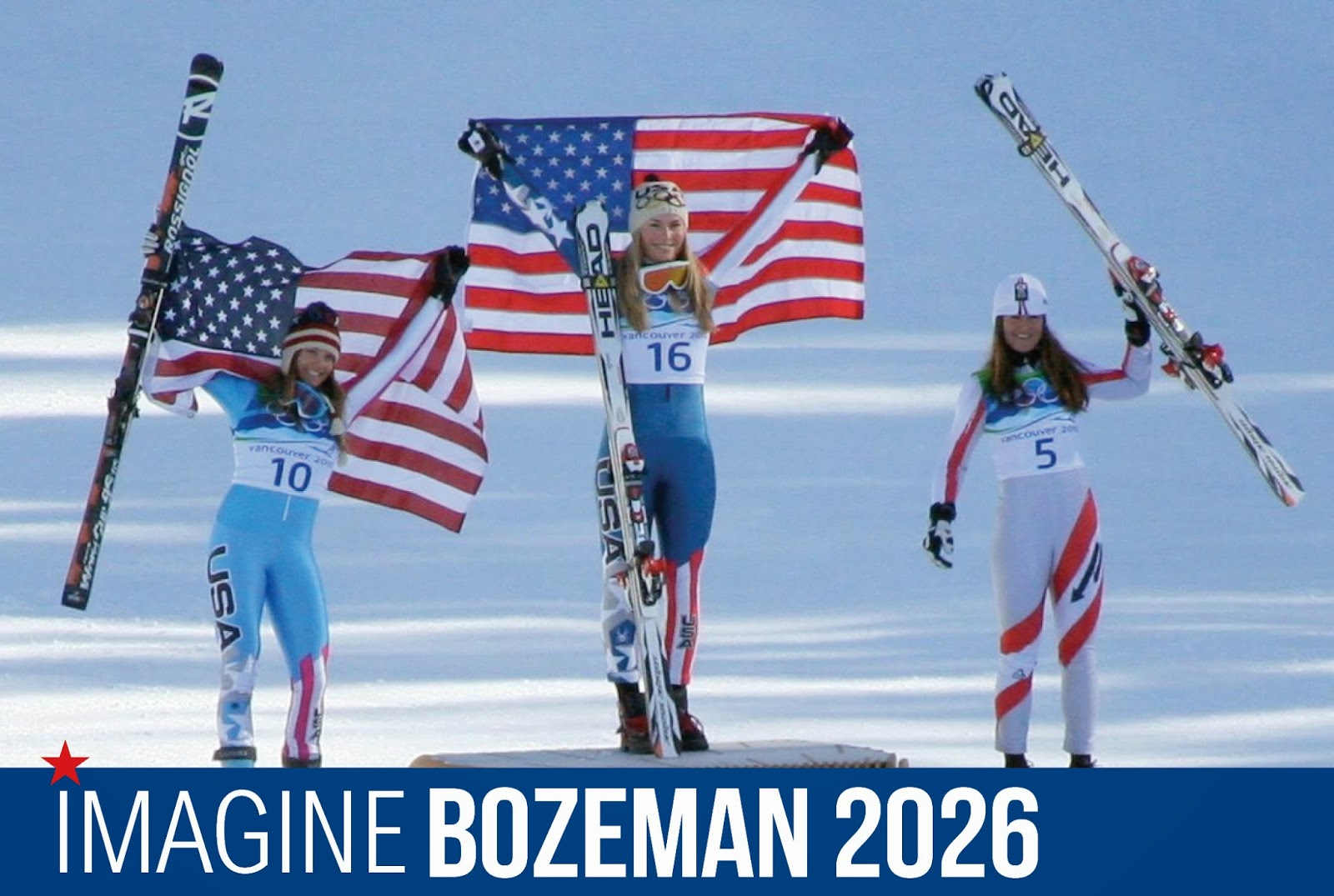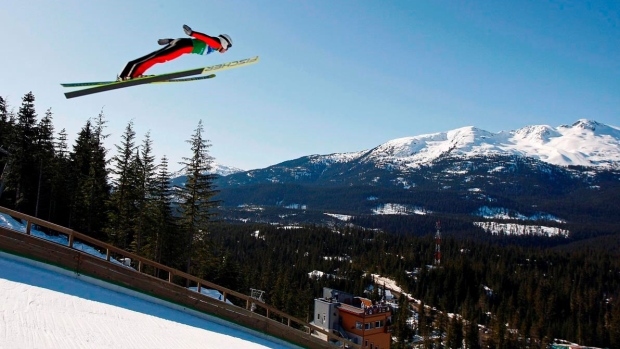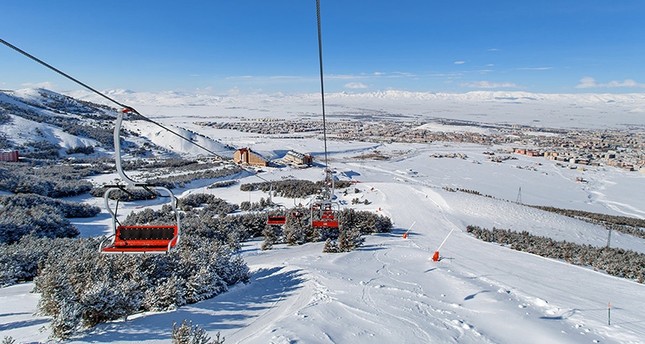The inception of the Winter Olympic games lies with Viktor Gustaf Balck’s project of the Nordic Games, the precedent that was held as an independent event in Stockholm semi-regularly until 1926. Coupled with the fact that Balck himself was a chartered member of the then International Olympic Committee, the idea of an Olympics inclusion for winter sports like figure skating, ice hockey, and Nordic skiing started to materialize when it was Stockholm’s turn in 1912 to host the Summer Olympics.
Eugenio Brunetta d’Usaeaux, Italian count and an important panel member, had insisted on such and such inclusions, but the application was overruled by the committee due to several factors, including the lack of facilities for an additional winter sports event to be held on the global scale. The idea resurfaced in the next Olympics to be held in Germany and was greenlit this time for a week of winter sports, but the prospect was again cut off by the onset of World War I.
Off through a rough start, the winter events would eventually garner enough importance to merit the same level of significance on paper as the main Olympics events. It was not until 1986 that the current model of Olympics – Summer and Winter Olympics in alternating even years – would be proposed and approved by the committee. In that regard, it can be said that the 1994 Winter Olympics, after its 1992 precedent, was the first independent Winter Olympics games.
But ‘independent’ is rather a relative term. Unfortunately, many of the shortcomings that had stunted the growth of the winter Olympics have universal application, namely, the fact that the very basis of a Winter Olympics would limit the niche significantly. Many countries do not have snow – or nearly enough snow to practice Nordic skiing, snowboarding or ice skating. The non-tundra countries, if they wish to contest, would then have to resort to expensive artificially recreated practice grounds or a trip to another country for a more suitable weather – none of which are either fiscally or practically feasible.
However, it was not just the issues that Winter Olympic games present in its nature that led to the almost laughable bidding situation observed in the final stage of bidding prior to the 128th IOC session in 2015, held in Kuala Lumpur. In the end, only two bidders were left on candidature – Beijing and the Kazak city of Almaty. Concerns had immediately risen whether the latter was financially capable at all to host the notoriously high-risk expenses of a Winter Olympics event, while the former did not exactly have a great track record for its human rights policies. What was it that led to such a ludicrous position?
One needs not look further than the budgetary concerns if naught else. Olympic games have been historically notorious for being huge financial risks for any country. Cost overruns abound, and acquiring the slightest revenue is the rare exception rather than the norm. The 1984 Los Angeles in Olympics was such an exception, but it is easy to point out that LA had no shortage of venues to repurpose for Olympic usage – they had nowhere to go but up. But this had set a dangerous precedent, and the IOC pitched more and more strenuous and ridiculous conditions after the bidding market became competitive again.
But this rush, again, existed only a couple of years. When the bidding calendar for the 2022 Winter Olympics opened in 2012, three of the major bidders – Krakow (Poland), Lviv (Ukraine), and Stockholm (Sweden) had withdrawn their applications by 2014 due to lack of political support. The final nail in the coffin for IOC was hammered when Oslo followed suit, facing severe opposition in the Norwegian parliament, and public opposition when the extravagant demands of the IOC to the host cities was revealed to its full extent. The Slate had famously called IOC a “notoriously ridiculous organization run by grifters and hereditary aristocrats.”
To combat the budgetary strains that the Winter Olympics puts on the host city – potentially stopping all of its ongoing city projects and other financial investments, IOC has finally come to its senses to put away its strange elitist demands. This year, on the 2nd of July, IOC has announced that it would contribute 925 million USD to mitigate the financial criteria for the host city. The dialogue session for Winter Olympics 2026 had commenced in September last year, and since then, seven cities have participated in the dialogue stage.
Among them, Sion (Switzerland) and Graz (Australia) have backpedaled due to lack of political and public support, which leaves the IOC with at the present.
- Calgary, Canada
- Stockholm, Sweden
- Erzurum, Turkey
- Cortina d’ Ampezzo, Milan and Turin, Italy
- Sapporo, Japan
So far, Calgary appears the most likely forerunner for 2026 Winter Olympics. Canada has the figures going completely in their favor – financially successful Winter Olympics – rare and commendable feats in and of their own. Most recently Vancouver had raked in nearly $2 million CDN in 2010, and Calagary itself holds the record for hosting the most commercially successful Winter Olympics ever. Calagary 1988 had turned them a dazzling $32 million CDN. At any rate, Calgary’s referendum regarding a potentially leading bid is due on November 13th this year.
Stockholm, having withdrawn its bid from the 2022 Olympics dialogue stage, will also be a strong contender this year. However, the ultimatum will pivot around how the general election of 2018 goes.
The decided host city will be announced as per the selection proceedings after the 134th IOC Session in September 2019.
Like Beijing 2022, it is safe to assume that the mainstay categories for events will persist in 2026 – biathlon, bobsleigh (and skeleton), curling, ice hockey, luge, figure skating and speed skating, and of course, skiing. Depending on what events take precedence in the Beijing winter Olympics, we can expect a return of the individual slalom events of 2014 Olympics of Russia, or more big air and snowboarding play.
There is a strong possibility of more Nordic combined sports with exclusively women competitors will make its introduction in 2026, if it does not in 2022. Additionally, FIS had put in proposals in 2017 for new mixed team ski jumping event which is looking at a possible inclusion in the 2022 Olympics and a continuation into 2026.
Also Read:


